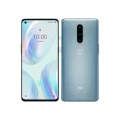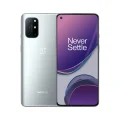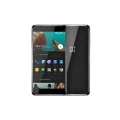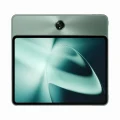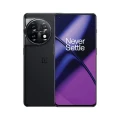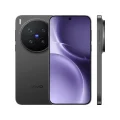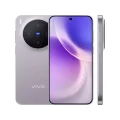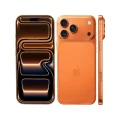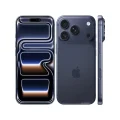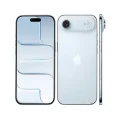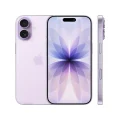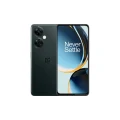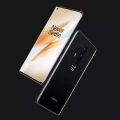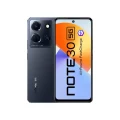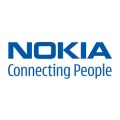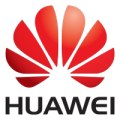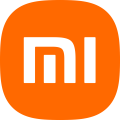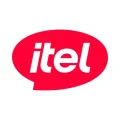- Home
- All Products
- OnePlus
- OnePlus Ace 3 Pro
OnePlus Ace 3 Pro
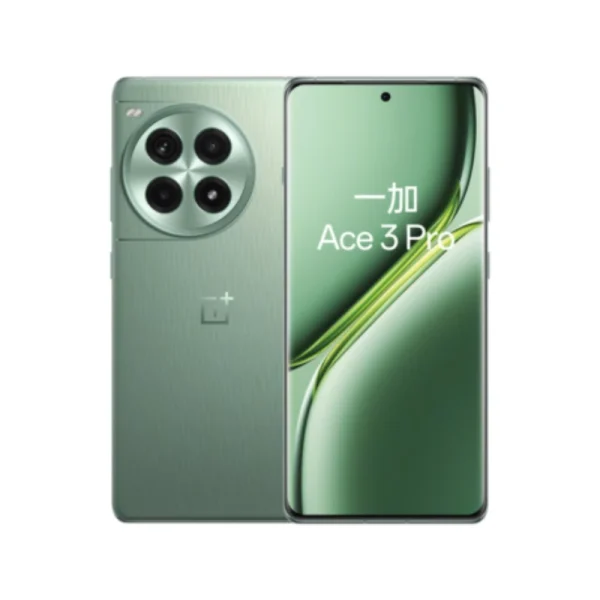

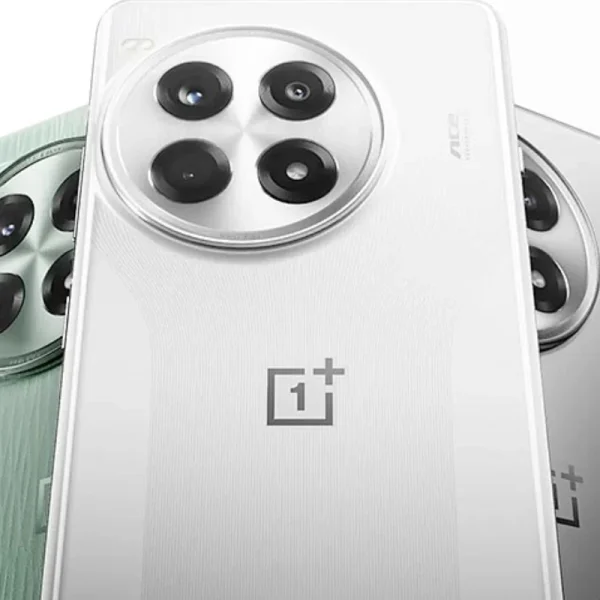
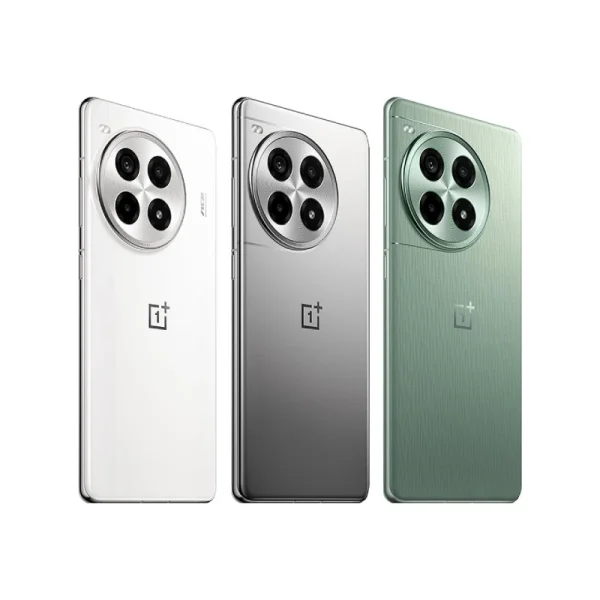
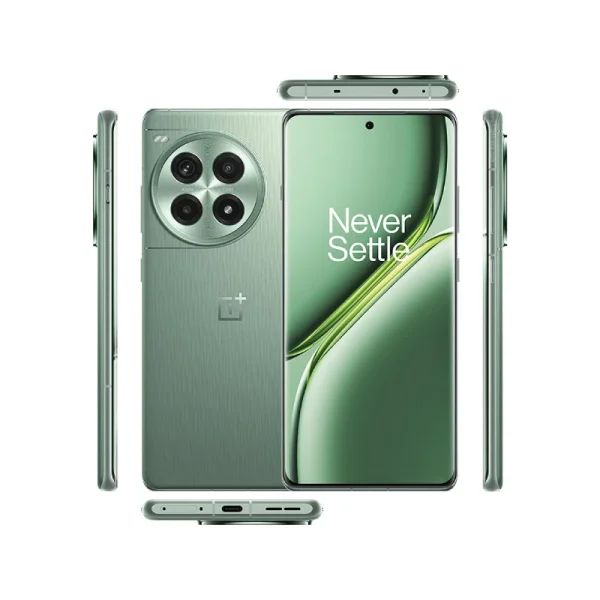
-
Battery: 6100 mAh
-
RAM: 12GB, 16GB, 16GB, 24GB
-
Storage: 256GB, 256GB, 512GB, 1TB
-
Display: LTPO AMOLED, 6.78 inches
-
Camera: Rear 50 MP+8 MP+2 MP, and Front 16 MP
-
OS: Android 14, ColorOS 14
Full Specifications
Price
| Official | 54999 BDT 12GB/256GB Approx. |
General
| Model | OnePlus Ace 3 Pro |
| Announced | 2024, June 27 |
| Released | 2024, July 03 |
| Status | Available |
Design
| Dimensions | 163.3 x 75.3 x 8.7 / 8.9 / 9.0 mm |
| Weight | 207 g, 212 g, 225 g (7.30 oz) |
| SIM SIM (Subscriber Identity Module) is a small card that contains mobile network subscriber's account information. This allows the phone using the card to attach to a mobile network. The SIM card is most commonly associated with GSM and UMTS mobile networks. Moving a SIM card from one phone to another allows a subscriber to switch mobile phones without having to contact their mobile network carrier. SIM cards can also be used by a phone to store limited amounts of data, such as phone numbers and text messages. |
Nano-SIM + Nano-SIM |
| Colors |
Gray, White, Green |
Display Specification
| Display Type Display Technology => A number of display technologies and types used in mobile phones => TFT (Thin Film Transistor), IPS (In-Place Switching), OLED (Organic Light Emitting Diode), AMOLED (Active-Matrix Organic Light-Emitting Diode), Super AMOLED (an even advanced version of AMOLED), Resistive Touchscreen (Resistive touchscreens contain two layer of conductive material with a very small gap between them which acts as a resistance), Capacitive Touchsceen (Capacitive touchscreen technology consists of a layer of glass coated with a transparent conductor) | LTPO AMOLED |
| Size | 6.78 inches, 111.7 cm2 |
| Resolution | 1264 x 2780 pixels |
| Refresh Rate | 120Hz |
| Pixel Density Pixel Density (PPI) is refers to the concentration of pixels on a particular display, measured in pixels per inch (ppi). Pixel density is calculated by dividing the diagonal pixel resolution of a display by its diagonal size, higher pixel density better display quality. | 450 ppi density |
| Display Protection Display Protection => Gorilla Glass is a special alkali-aluminosilicate glass shield with exceptional damage resistance that helps protect mobile displays from scratches, drops, and bumps of everyday use, It is always better to go for a smartphone with Gorilla Glass for that added protection and peace of mind. | Corning Gorilla Glass Victus 2 |
| Features |
90.9% screen-to-body ratio 1B colors, HDR10+, Dolby Vision, 800 nits (typ), 1600 nits (HBM), 4500 nits (peak) |
Platform
| Operating System OS => Every computer system run on a base software called Operating System (OS). Operating System controls all basic operations of the computer (such as smartphone, PDAs, tablet computers and other handheld devices). The Operating System allows the user to install and run third party applications (apps), apps are used to add new functionality to the device. | Android 14, ColorOS 14 |
| Chipset Chipset is a group of integrated circuits designed to perform one or a more dedicated functions, often with real time computing constraints, Popular smartphones are equipped with more advanced embedded chipsets that can do many different tasks depending on their programming. | Qualcomm SM8650-AB Snapdragon 8 Gen 3 (4 nm) |
| CPU CPU (Central Processing Unit) mostly known as processors, CPU processes instructions in order to carry out certain functions that make your device operate properly. Processors are often described as the brain of computers, smartphones and tablets, Smartphones and tablets rely on processors to carry out their every task, Processors are an incredibly important factor in selecting any type of computing device, including your smartphone. | Octa-core (1x3.3 GHz Cortex-X4 & 3x3.2 GHz Cortex-A720 & 2x3.0 GHz Cortex-A720 & 2x2.3 GHz Cortex-A520) |
| GPU GPU (Graphics Processing Unit) is a single-chip processor designed to rapidly manipulate and alter memory to accelerate the creation of images in a frame buffer intended for output to a display, This includes things such as lighting effects, object transformations, and 3D motion. | Adreno 750 |
Main Camera
| Camera Setup | Triple |
| Resolution |
50 MP, f/1.8, 24mm (wide), 1/1.56", 1.0µm, PDAF, OIS 8 MP, f/2.2, 16mm, 112˚ (ultrawide), 1/4.0", 1.12µm 2 MP, f/2.4, (macro) |
| Features |
Dual-LED flash, HDR, panorama |
| Video | 4K@30/60fps, 1080p@30/60/120/240fps, gyro-EIS, OIS |
Selfie Camera
| Camera Setup | Single |
| Resolution |
16 MP, f/2.4, 26mm (wide), 1/3", 1.0µm |
| Video | 1080p@30fps |
| Features |
HDR, panorama |
Network & Connectivity
| Technology | GSM / CDMA / HSPA / LTE / 5G |
| Speed | HSPA, LTE (CA), 5G |
| Wi-fi Wi-Fi is a popular wireless networking technology using radio waves to provide high-speed network connections that allows devices to communicate without cords or cables, Wi-Fi is increasingly becoming the preferred mode of internet connectivity all over the world. | Wi-Fi 802.11 a/b/g/n/ac/6/7, dual-band |
| Bluetooth Bluetooth is a wireless communications technology for exchanging data between mobile phones, headsets, computers and other network devices over short distances without wires, Bluetooth technology was primarily designed to support simple wireless networking of personal consumer devices. | 5.3, A2DP, LE, aptX HD, LHDC |
| NFC NFC (Near field communication) is a set of standards for smartphones and similar devices to establish peer-to-peer radio communications with each other by touching them together or bringing them into proximity, usually no more than a few inches. | Yes |
| Positioning |
GPS (L1+L5), GLONASS (G1), BDS (B1I+B1c+B2a), GALILEO (E1+E5a), QZSS (L1+L5) |
| FM Radio | No |
| Infrared port | Yes |
| USB | USB Type-C 2.0 |
| 2G Network |
GSM 850 / 900 / 1800 / 1900 CDMA 800 |
| 3G Network |
HSDPA 850 / 900 / 1700(AWS) / 2100 |
| 4G Network |
1, 3, 4, 5, 8, 18, 19, 26, 28, 34, 38, 39, 40, 41, 66 |
| 5G Network |
1, 3, 5, 8, 28, 38, 40, 41, 77, 78 SA/NSA |
Battery
| Battery Type Battery Type => Cell phones run on various kinds of batteries depending on the manufacturer, phone size or shape and features. There are basically four types of cell phone batteries => Lithium Polymer, Lithium Ion, Nickel Metal Hydride and Nickel Cadmium. | Li-Ion (Lithium Ion) |
| Capacity Battery Capacity is a measure (typically in Amp-hr) of the charge stored by the battery, and is determined by the mass of active material contained in the battery. The battery capacity represents the maximum amount of energy that can be extracted from the battery under certain conditions. | 6100 mAh |
| Removable | No |
| Charging |
100W wired, PD2.0, QC2, 52% in 15 min, 100% in 36 min |
| Wireless Charging Wireless Charging (Inductive Charging) uses an electromagnetic field to transfer energy between two objects. This is usually done with a charging station. Energy is sent through an inductive coupling to an electrical device, which can then use that energy to charge batteries or run the device. | No |
Multimedia
| Loudspeaker | Yes, with stereo speakers |
| Audio Jack | No |
Storage
| Card Slot Memory Card Slot is a special slot for inserting a memory card. Memory cards allow you to expand the phone's built-in memory, A memory card (sometimes called a flash memory card or a storage card) is a small storage medium used to store data such as text, pictures, audio, and video, for use on small, portable or remote computing devices such as mobile phones, mp3 players, digital cameras. | No |
| Internal Storage Internal Storage is a data storage space (flash memory) mostly used in smartphones, tablets and other electronic devices where operating system, apps, music, photos, videos, files and other user data Is stored. |
256GB 12GB RAM, 256GB 16GB RAM, 512GB 16GB RAM, 1TB 24GB RAM UFS 4.0 |
Sensors
| Fingerprint | Yes (under display, optical) |
| Other Sensors | accelerometer, gyro, proximity, compass |
PROS
- Exceptional sustained performance and gaming capability.
- Very large battery with fast 100W charging for quick top-ups.
- High-refresh, very bright AMOLED display is great for media.
- Generous RAM options (up to 24GB) and UFS 4.0 storage.
CONS
- The camera system is competent but not class-leading versus Pixel/Samsung for stills.
- Heavier/bulkier because of the big battery.
- Availability and software skin (ColorOS vs OxygenOS) vary by region.
About the OnePlus Ace 3 Pro
The OnePlus Ace 3 Pro is a performance-first flagship-style phone that blends top-tier silicon, long battery life, and fast charging into a value-oriented package. Launched in late June 2024, the Ace 3 Pro ships with Qualcomm’s Snapdragon 8 Gen 3 for raw speed and efficient multitasking. Its 6.78-inch 1.5K LTPO AMOLED display offers a smooth 120Hz refresh and extreme peak brightness for outdoor visibility, making games and streaming look vivid and fluid.
OnePlus equipped the phone with a large 6,100mAh battery plus 100W (Super-Warp) fast wired charging, promising multi-day endurance and very quick top-ups. Memory and storage scale up aggressively — configurations with 12GB, 16GB, and even 24GB RAM paired with UFS 4.0 storage are available — so heavy multitaskers and gamers get headroom for demanding apps.
The camera setup is practical: a 50MP main sensor with supporting ultrawide and macro/tele lenses that deliver reliable everyday shots and 4K video. Combined with ColorOS/ OxygenOS on Android 14, the Ace 3 Pro targets users who want flagship performance, long battery life, and fast charging without flagship pricing, positioning it as a “flagship killer” for power users.
Main Key Features
- Chipset: Qualcomm Snapdragon 8 Gen 3 (flagship performance).
- Display: 6.78″ LTPO/1.5K AMOLED, 120Hz, very high peak brightness (~4500 nits reported).
- Memory/Storage: Up to 24GB LPDDR5X RAM; 256GB / 512GB / 1TB UFS options.
- Battery & Charging: 6100mAh battery, 100W fast wired charging (Super-Warp).
- Cameras: 50MP main + ultrawide + macro/tele (reliable everyday images, 4K video).
- Software: Android 14 with OnePlus/Oppo skin (region dependent).
Why choose this phone?
Pick the OnePlus Ace 3 Pro if you prioritise raw speed, long battery life, and ultra-fast wired charging at a price below many traditional flagships. It’s tailored for gamers, power users, and anyone who needs multi-day endurance plus flagship performance without the top-tier price tag.
Opinion
The Ace 3 Pro is a strong “flagship killer” that hits the sweet spot between performance and battery life. OnePlus focuses wisely on what many users value most today: sustained performance, large battery capacity and very fast charging. If your priorities are best-in-class still photography or the absolute lightest handset, look elsewhere; but for value-minded power users, the Ace 3 Pro is a compelling pick.
See Another Model:
FAQs about OnePlus Ace 3 Pro
Q: Which chipset does it use?
A: Qualcomm Snapdragon 8 Gen 3.
Q: How big is the battery, and how fast does it charge?
A: 6,100mAh battery with 100W fast wired charging support.
Q: What display does it have?
A: ~6.78″ 1.5K LTPO AMOLED, 120Hz refresh, very high peak brightness.
Q: What RAM and storage options are available?
A: Configurations include 12GB / 16GB / 24GB RAM and 256GB / 512GB / 1TB storage (region dependent).
Q: Is the Ace 3 Pro good for gaming?
A: Yes — flagship chipset + large battery + high-refresh display makes it excellent for gaming sessions.
Give Your Review
Disclaimer Note
You can write your own disclaimer from APS Settings -> General -> Disclaimer Note.
